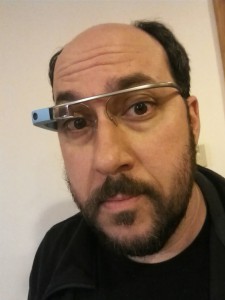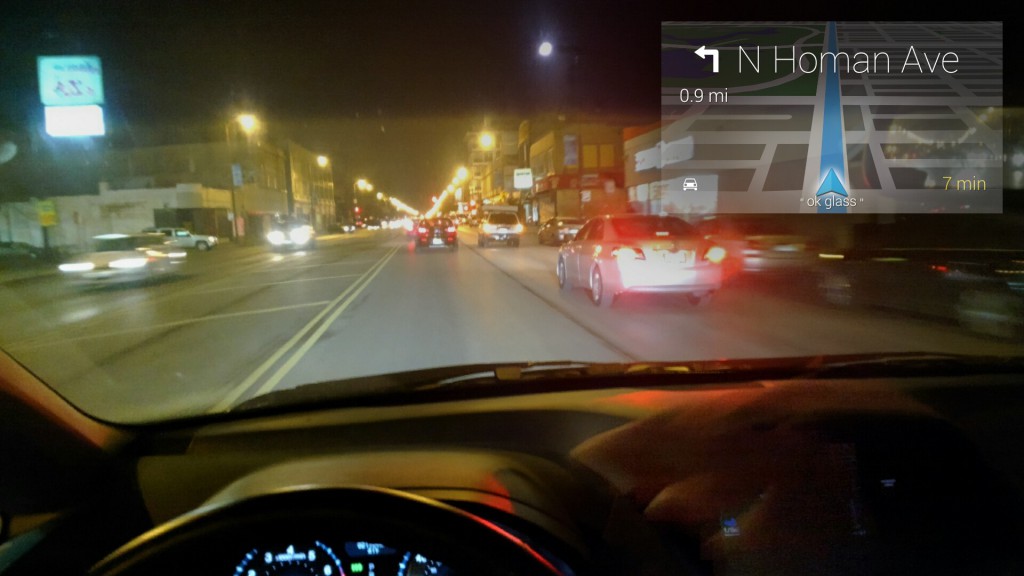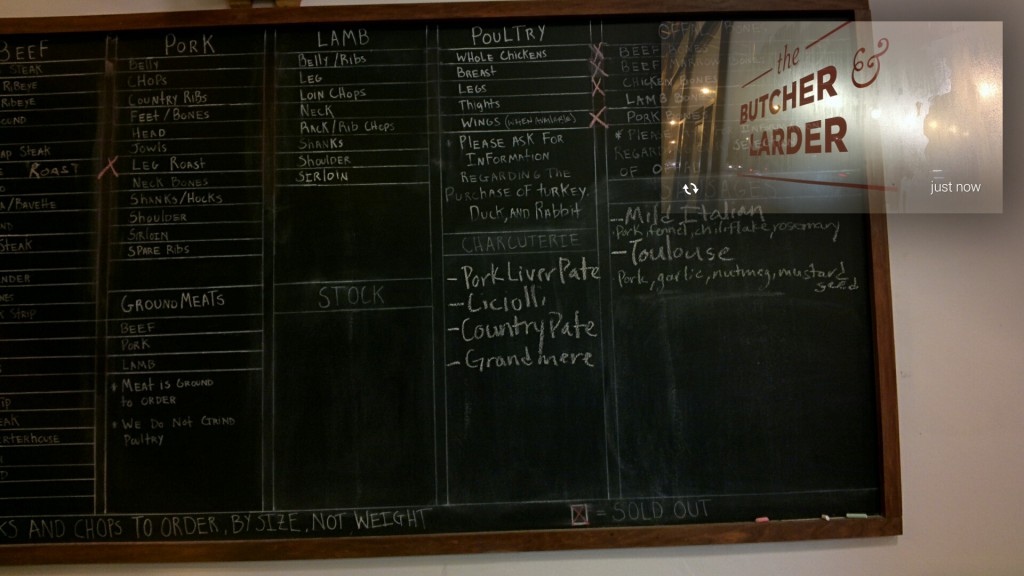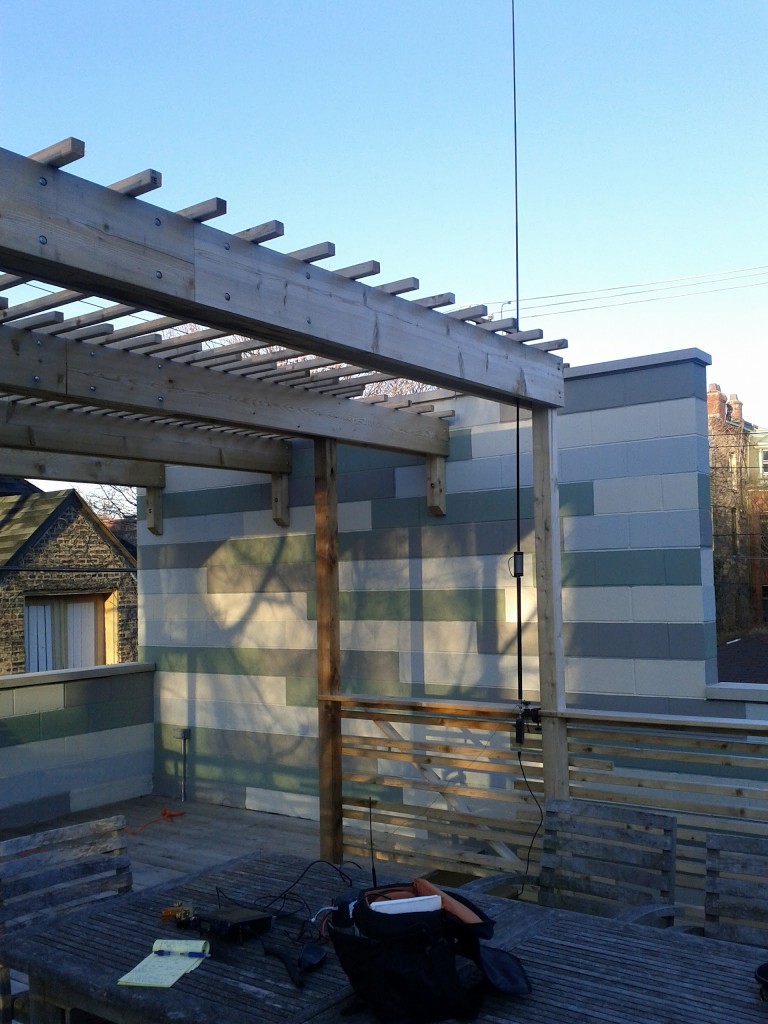(Disclaimer: I’m one of the ‘old guard’ open source guys. I co-founded the Subversion project back in 2000 and am a proud member of the ASF. These opinions are my own.)
A very popular blog post has been going around lately called Apache Considered Harmful, which criticizes the Apache Software Foundation (ASF) for being impossible to work with. On the surface, it looks a bit like a culture war between older and younger generations of open source hackers: the older generation is portrayed as stodgy and skeptical of distributed version control systems, making the ASF inhospitable to a younger generation used to the fast-and-freewheeling world of git and Github.
One of the ASF’s leaders, Jim Jagielski, then wrote a blog response which seems to say, “We’re not irrelevant; we just have high integrity. We care about long-term health of open source projects, not passing fads or hip popularity contests.”
But I think Jim is truly missing the main complaint.
Backing up a bit: what is the mission of the ASF? Why does it exist? My understanding is simple:
- to be a legal umbrella of protection
- to foster long-term, healthy open-source communities
The first goal is achieved by putting all of a project’s code under the Apache license, and getting all code contributors to grant nonexclusive IP rights to the ASF. This guarantees that the ASF “owns” the code, and thus can legally defend it.
The second goal is about encouraging and preserving healthy culture. The ASF has a famous saying: “community over code”. In other words, the ASF doesn’t accept donations of code (or code thrown over walls), it only accepts communities that happen to work on a common codebase. The community is the main asset, not the source code.
The ASF has a great set of cultural norms that it pushes on its communities via political means and lightweight processes. For example, the ASF requires that each community have a set of stewards (“committers”), which they call a “project management committee”; that communities use consensus-based discussions to resolve disputes; that they use a standardized voting system to resolve questions when discussion fails; that certain standards of humility and respect are used between members of a project, and so on. These cultural traditions are fantastic, and are the reason the ASF provides true long-term sustainability to open source projects. It’s the reason I pushed so hard to get the Subversion project into ASF.
Let’s go back to the original “Apache Considered Harmful” post again. Yes, the blog post rambled a bit about the ASF becoming “irrelevant”, but I think that’s just random grumbling around the actual issue at stake: the ASF’s insistence on forcing their hosting infrastructure onto projects. We have repeated examples of mature open source communities trying to join the ASF, which already use git as their version control system — and the ASF is insisting that they convert to Subversion and store their code in the ASF’s One Big Subversion Repository.
I fear what’s happening here is that the ASF elders have tragically confused “be part of our community” with “you must use our infrastructure”. There is no reason for these things to be entangled.
The ASF has teams of people dedicated to running servers for Subversion, SSH, QA testing, email lists, and so on. Ten years ago, infrastructure hosting was a Hard Thing. Getting to use the ASF’s hosting services was considered an attractive perk. These days, project hosting is utterly commoditized: we have Sourceforge, Google Code, Github, and other sites. In a matter of minutes, any two people can conjure up a hosted source repository, bugtracker, wiki, etc. So is it really a surprise that newer communities, ready to join the ASF, already have functional (and possibly superior) tools and infrastructure?
So why oh why does the ASF demand everyone use their Subversion service? They don’t force every project to use the same bugtracker; I wonder if source code is different because it’s the “special” asset being protected. Perhaps the ASF elders think it has to all be in one place in order for it to be protectable and controlled? A simple solution here is to simply require that at least one canonical copy of source code be stored on ASF servers. If that means doing an “hg pull” or “git pull” via cron job every hour, so be it. Who cares where the real coding is happening, or in how many repositories it’s happening in? Irrelevant. As long as a community has blessed a central repository as Official, and the ASF is keeping a synced copy of that somewhere, we should be all set. The ASF’s job is to shepherd communities, not force everyone to use the same software tools.
Ironically, years ago I too was suspicious of distributed version control, and wrote an article about how it tended to discourage ASF-style project cohesion. But in this case, we have examples of communities that are already cohesive and high-functioning, despite using git. They don’t need ASF’s tools; they just need a nice place to park their community. If they ain’t broke, stay out of their development processes.
(Note the ASF isn’t alone in this insanity. Others have told me that FSF projects are forced to use the Savannah collaborative platform, whether they want to or not. Crazy! Repeat after me, folks: your community is not your tools.)







